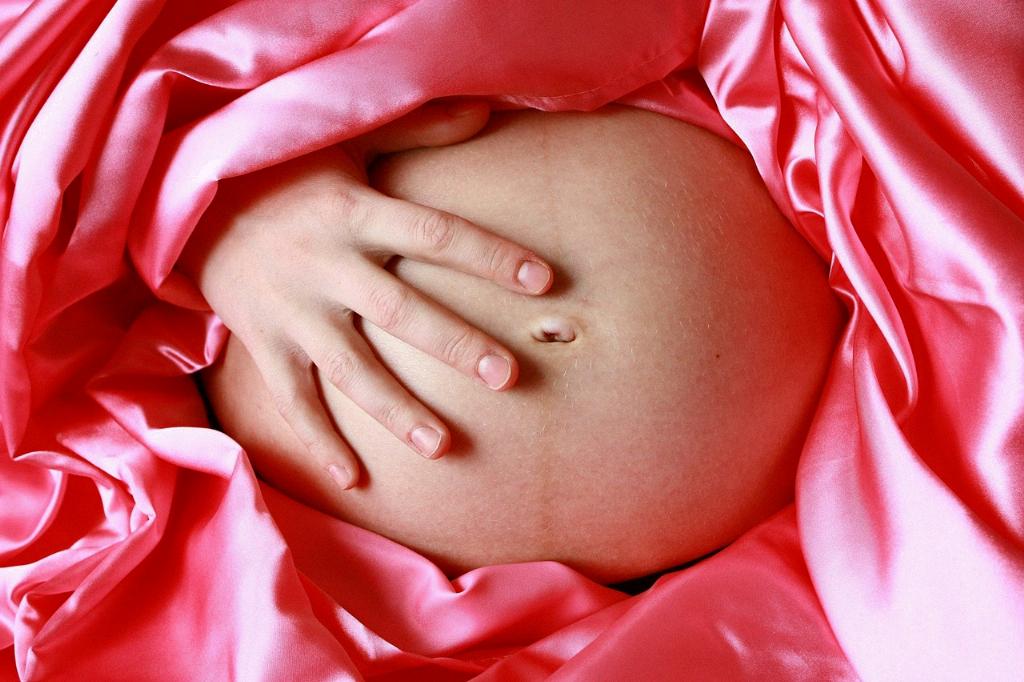At 36 weeks pregnant, your body is going through various changes in preparation for childbirth. One common experience during this stage is the loosening of joints, particularly in the pelvic area. This phenomenon is primarily driven by a hormone called relaxin, which is produced in higher amounts during pregnancy to help soften the ligaments in your pelvis, allowing for easier passage of the baby during delivery.
Signs of Joint Loosening
You may start noticing the effects of joint loosening around 36 weeks pregnant. This can manifest as increased flexibility in your pelvic region, making movements such as walking, climbing stairs, or even sitting more comfortable. However, this newfound flexibility can also lead to feelings of instability or mild discomfort in the lower back and hips.
Impact on Daily Activities
While joint loosening is a natural part of the body’s preparation for childbirth, it can affect your daily activities to some extent. You may find that certain movements, such as bending over or getting up from a seated position, require more effort or feel different due to the changes in your joint flexibility.
Managing Joint Discomfort
If you are experiencing discomfort or pain in your joints at 36 weeks pregnant, there are several strategies you can try to alleviate the symptoms. Gentle exercises and stretches, such as prenatal yoga or swimming, can help strengthen the muscles supporting your joints and improve overall flexibility.
Seeking Support
It’s essential to communicate any concerns or discomfort you may be experiencing with your healthcare provider. They can provide guidance on safe ways to manage joint pain during pregnancy and offer recommendations for additional support, such as physical therapy or chiropractic care.
Importance of Rest and Self-care
As your due date approaches, prioritizing rest and self-care becomes increasingly important. Taking breaks throughout the day to relax and elevate your feet can help reduce strain on your joints and alleviate discomfort. Staying hydrated and maintaining a healthy diet can also support joint health during pregnancy.
Preparation for Labor
While joint loosening at 36 weeks pregnant may be uncomfortable at times, it serves a crucial purpose in preparing your body for labor and delivery. The increased flexibility in your pelvic joints allows for the necessary adjustments to accommodate your baby’s passage through the birth canal, supporting a smoother birthing process.
Postpartum Considerations
After childbirth, your joints will gradually return to their pre-pregnancy state as the levels of relaxin in your body decrease. It’s essential to listen to your body’s cues and gradually resume physical activity based on your healthcare provider’s recommendations to support the recovery process.
Embracing the Changes
As you navigate the final weeks of pregnancy and experience changes in your body, including joint loosening, remember that these adjustments are temporary and a natural part of the remarkable journey of motherhood. Embrace the changes and focus on self-care to nurture both your physical and emotional well-being.
Final Thoughts
In conclusion, experiencing joint loosening at 36 weeks pregnant is a common occurrence as your body prepares for childbirth. By staying informed about the changes happening in your body, seeking support from healthcare providers, and practicing self-care strategies, you can effectively manage any discomfort and embrace this transformative phase of pregnancy with confidence and resilience.

